Outcomes from out-of-hospital cardiac arrest in nursing and care homes: a cohort study
Emergency Medicine Journal
MARCH 25, 2025
Nursing homes are staffed by healthcare workers, able to respond immediately to cardiac arrest, including provision of bystander cardiopulmonary resuscitation (CPR). Overall, 80.2% (n=3698) of patients received bystander CPR and where an automated external defibrillator (AED) was available, 77.7% (n=331) were treated with an AED.

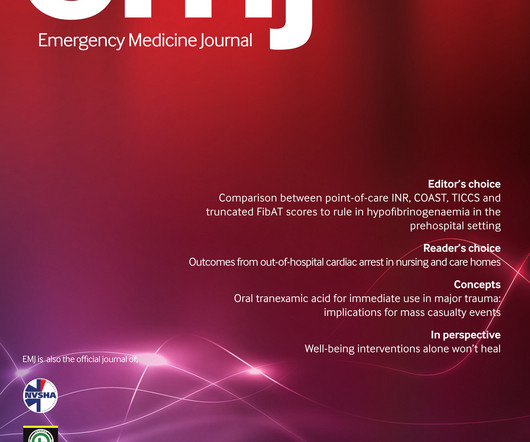

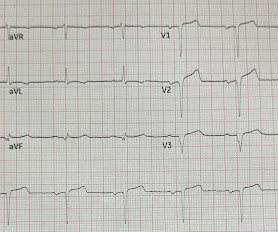
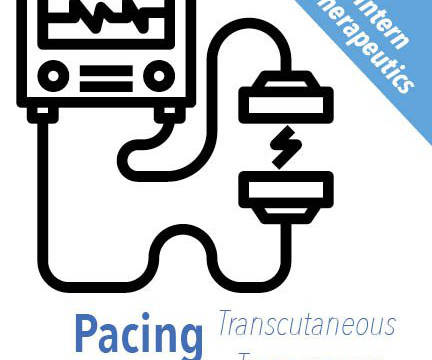






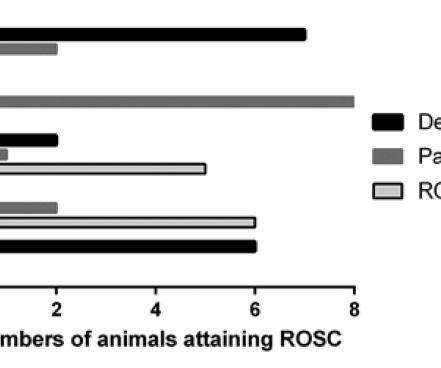







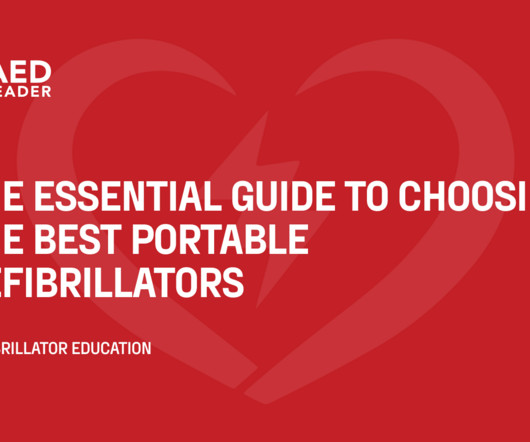




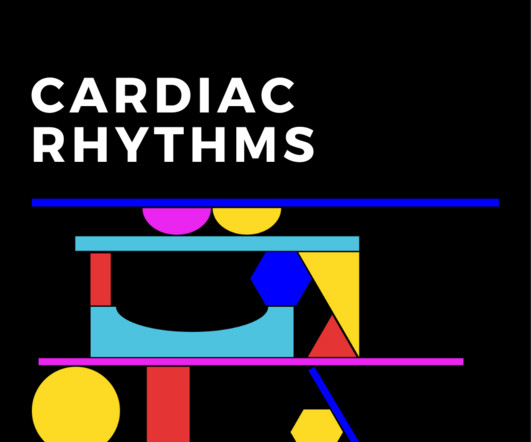





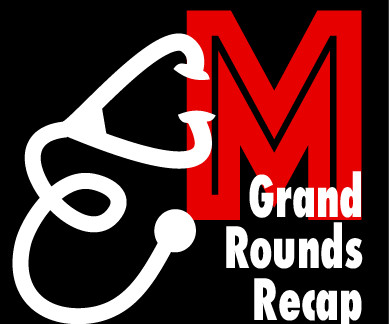







Let's personalize your content